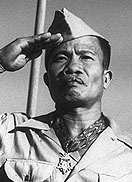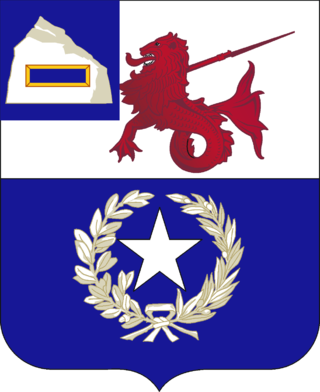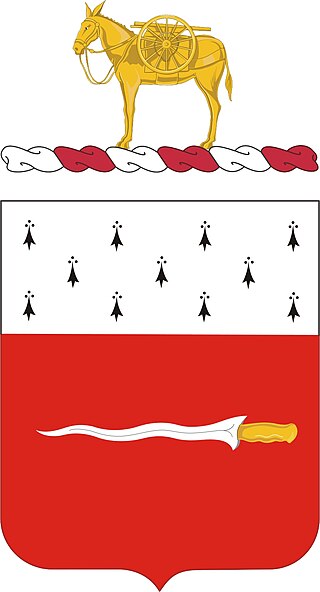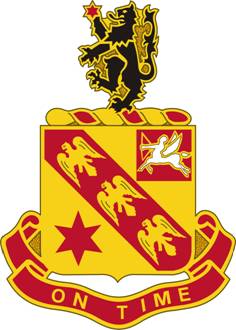
The Philippine Scouts (Filipino: Maghahanap ng Pilipinas/Hukbong Maghahanap ng Pilipinas) was a military organization of the United States Army from 1901 until after the end of World War II. These troops were generally Filipinos and Filipino-Americans assigned to the United States Army Philippine Department, under the command of American commissioned officers (though a handful of Filipino Americans received commissions from the United States Military Academy). Philippine Scout units were given the suffix "(PS)", to distinguish them from other U.S. Army units.

The Harbor Defenses of Manila and Subic Bays were a United States Army Coast Artillery Corps harbor defense command, part of the Philippine Department of the United States Army from circa 1910 through early World War II. The command primarily consisted of four forts on islands at the entrance to Manila Bay and one fort on an island in Subic Bay.

Philippine Division, or from 1944–1947 the 12th Infantry Division, was the core U.S. infantry division of the United States Army's Philippine Department during World War II.

The Philippines campaign, also known as the Battle of the Philippines or the Fall of the Philippines, was the invasion of the Philippines by the Empire of Japan and the defense of the islands by United States and the Philippine Armies during World War II.

The Battle of Bataan was fought by the United States and the Philippine Commonwealth against Japan during World War II. The battle represented the most intense phase of the Japanese invasion of the Philippines during World War II. In January 1942, forces of the Imperial Japanese Army and Navy invaded Luzon along with several islands in the Philippine Archipelago after the bombing of the American naval base at Pearl Harbor.

Jose Cabalfin Calugas was a member of the Philippine Scouts during World War II. He received the Medal of Honor for actions during the Battle of Bataan.

The Philippine Army (PA) is the main, oldest and largest branch of the Armed Forces of the Philippines (AFP), responsible for ground warfare and as of 2021 had an estimated strength of 101,000 soldiers backed by 100,000 ready reserves. The service branch was established on December 21, 1935, as the Philippine Commonwealth Army. The Philippine Army has engaged in many conflicts including the ongoing Communist rebellion in the Philippines, the Moro conflict and, alongside other national military forces, in conflicts of international scope.

The 57th Infantry Regiment was a unit in the Philippine Scouts. During their combat in Bataan members received 1 Medal of Honor, 21 Distinguished Service Crosses and 68 Silver Stars.
The 45th Infantry Regiment was a unit of the Philippine Scouts in the Philippine Division.

The QF 2.95-inch mountain gun was the designation given by the British to a Vickers 75 mm calibre gun. It was originally produced for the Egyptian Army. It was taken into British service in the late 19th century to provide the 'movable armament' at some coaling stations. Also known as "The Millimetre Gun", it was used by the West African Frontier Force in several theatres in Africa during World War I. It was also used by the United States and the Commonwealth of the Philippines.

The 41st Infantry Division was a division of the Philippine Army under the United States Army Forces in the Far East (USAFFE).

The 2nd Field Artillery Regiment is a field artillery regiment in the United States Army. Currently a parent regiment under the U.S. Army Regimental System, the regiment has a single active battalion, the 2nd Battalion, 2nd Field Artillery, assigned to the 428th Field Artillery Brigade at the U.S. Army Field Artillery, Fort Sill, OK. Their long history is currently represented by the 2nd Field Artillery Mascots

The 11th Field Artillery Regiment is a Field Artillery Branch regiment of the United States Army first formed in 1916. A parent regiment in the U.S. Army Regimental System, one battalion of the regiment is currently active, the 2nd Battalion, 11th Field Artillery Regiment assigned to the 2nd Brigade, 25th Infantry Division.

The 25th Field Artillery Regiment is a field artillery regiment of the United States Army, first constituted 5 July 1918 in the National Army (USA). Although the regiment did not see action during World War I, elements participated in World War II, Vietnam, Panama, the Gulf War, and the Global War on Terrorism. Currently the regiment one active battalion, a towed light artillery units equipped with the M119A3 105mm Howitzer and the M777A2 155mm Howitzer. The 5th Battalion is assigned to the 3rd Brigade Combat Team, 10th Mountain Division at Fort Polk, Louisiana. The 4th Battalion was inactivated on 14 August 2014.
The 23rd Field Artillery Battalion was a field artillery battalion of the regular Army, constituted as a US-manned unit in 1921, but redesignated as a Philippine Scouts unit in 1930.

The 51st Infantry Division was a division of the Philippine Army under the United States Army Forces in the Far East (USAFFE).

The 21st Infantry Division was one of the 10 reserve division of the Philippine Army mobilized under the United States Army Forces in the Far East (USAFFE). The unit was involved in the delaying action against the Japanese invasion in the plains of Central Luzon, and the Battle of Bataan in 1942.

The 11th Infantry Division was one the reserve division of the Philippine Army that was mobilized in September 1941 under the United States Army Forces in the Far East (USAFFE).

The 71st Infantry Division was a division of the Philippine Army under the United States Army Forces in the Far East (USAFFE).

The 91st Infantry Division was a division of the Philippine Army under the United States Army Forces in the Far East (USAFFE).


















